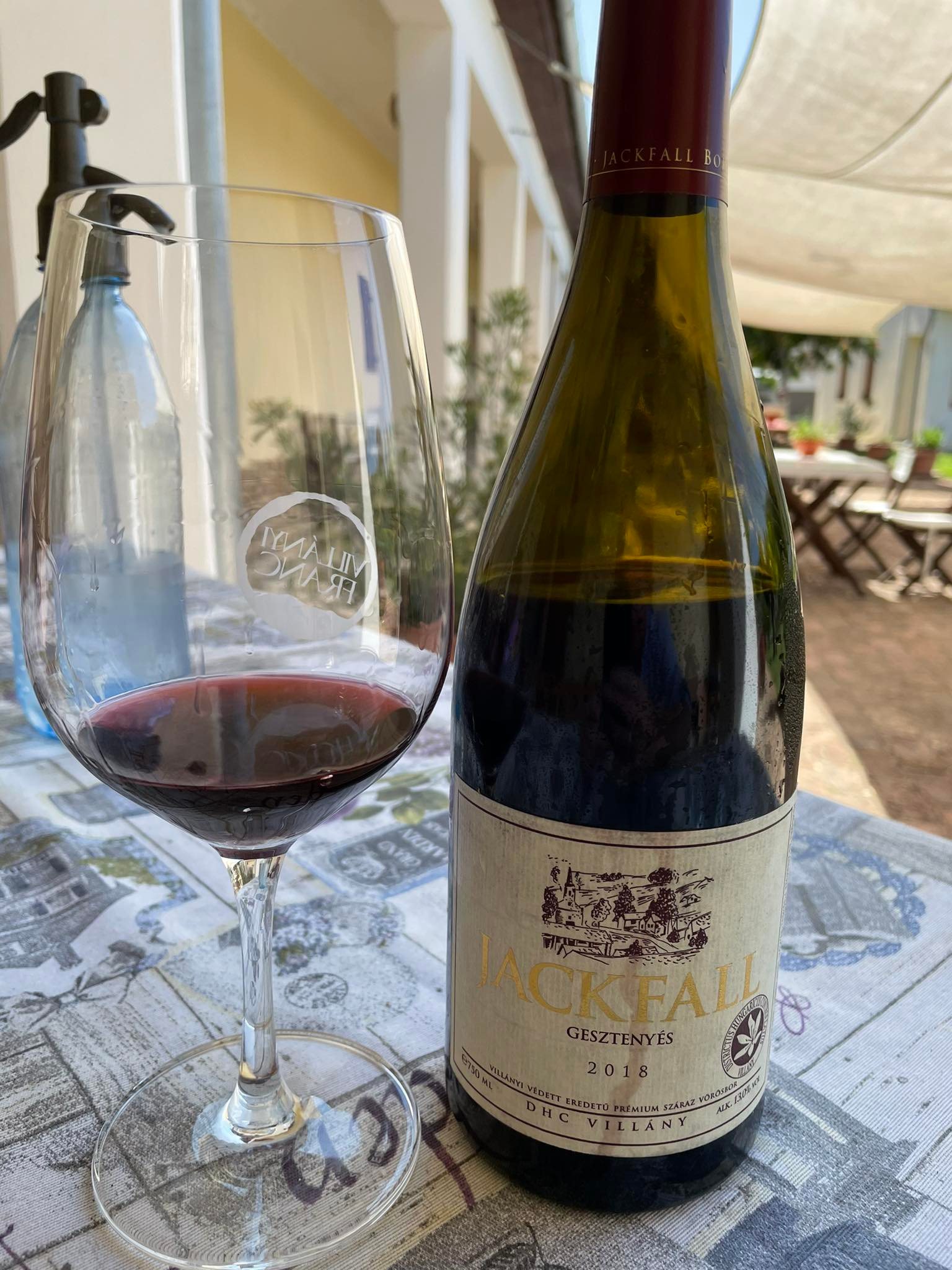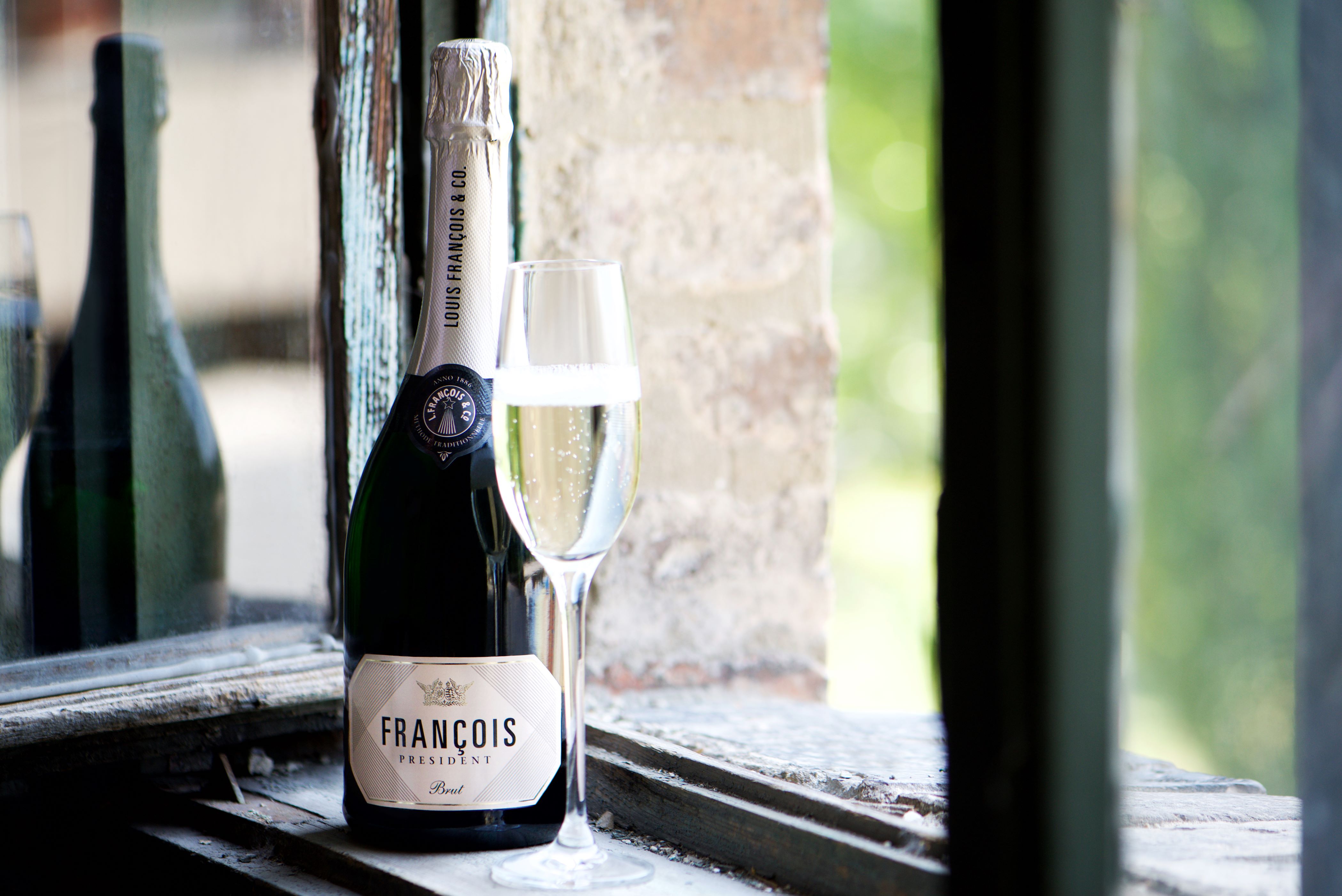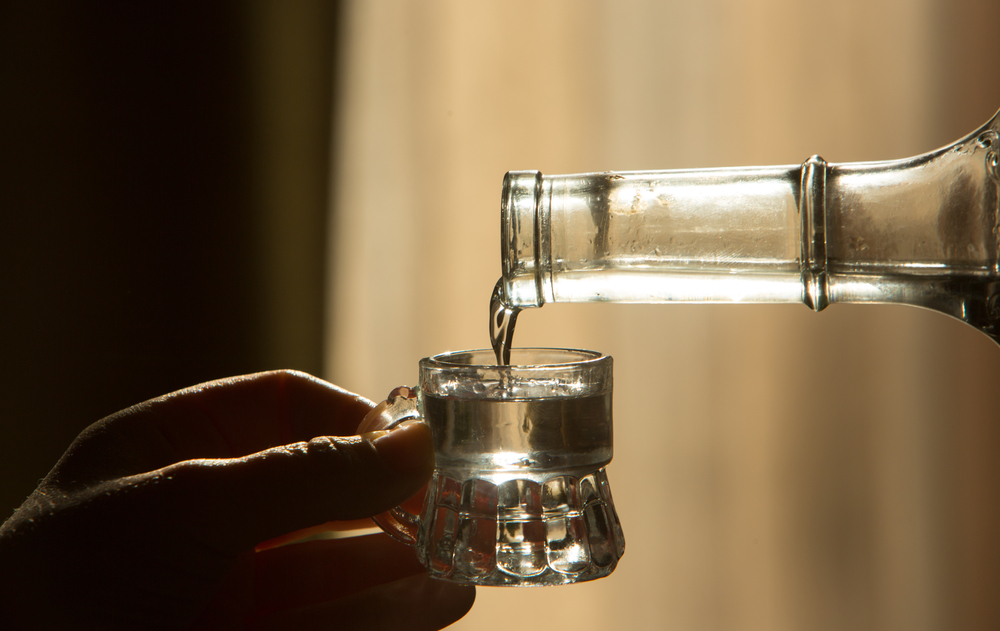Perusing Portugieser, the Lighter Summer Tipple

While the full-bodied, tannic, muscular red wines of Villány might be a bit of a challenge to imbibe in the heat of summer for some, those made from the Portugieser grape in the region, with their lighter structure, can offer pleasant respite.
The blends of Villány’s RedY brand, which are zesty fruit bombs built on a backbone of Portugieser, are a good option for those who still want to enjoy red wines in summer; their light tannins mean that they can be lightly chilled in the fridge.
The predominantly tank-made, bistro-style RedY wines are designed to appeal to Generation Y. However, I’m sure there are many from Gen X and even older who will appreciate these offerings that slip down with ease, or, as they say in the trade these days, wines with good drinkability (shouldn’t all wines be drinkable?)
For the most part, wines made from the early-ripening Portugieser variety, like Bock’s Porta Géza, are intended to be consumed young, as soon as for the festivities of St. Martin’s Day on November 11.
Incidentally, winemaker József Bock coined this moniker when he couldn’t get used to the new name for the variety. It was originally called Kékoportó or Oportó, but the EU decreed it be changed due to its closeness to the fortified port wine of the Douro in Portugal.
This works both ways, though. In the French region of Alsace, Tokay d’Alsace, the old name for Pinot Gris had to be dropped, as did Tocai Friulano in Fruili in northeast Italy (now the Friulano grape) and Tocai Rosso in Veneto, which has become Tai Rosso and is the local name for Grenache (Noir).
Despite its name association with Portugal, most experts believe that the grape originates from somewhere close to the River Danube, in a German-speaking area. Wines of Germany says it probably hails from the Danube Valley, while Wines of Austria believes it likely comes from Austria. Wines of Austria does, however, mention that the variety is identical to Português Azul, which is grown in the Alentejo region of Portugal.
Swabian Influence
Portugieser was probably brought to Villány by German (Swabian) settlers, whose descendants continue to make wines in Villány today: the names of Bock, Gere, Günzer and Maul are all Swabian in origin, and they often speak a dialect of German to each other, rather than Hungarian.
Attila Gere makes an impressively zesty, organic, single-vineyard Portugieser when the vintage permits, from the steep, stunning south-facing Ördögárok (Devil’s Ditch) vineyard, which, legend has it, was plowed by the devil. Breezes often blow through the vineyard, which helps against fungal diseases, enabling organic wines to be made. The 2021 vintage costs HUF 2,450.
Attila is the cousin of Tamás Gere, who makes wine with his son Zsolt at the family winery, Gere Tamás és Zsolt. Its RedY wines are released under Zsolt’s name, befitting its Gen Y profile. The fruity and lively 2020 is a blend of Portugieser (60%) and the indigenous Kékfrankos (30%) and Kadarka (10%) grapes. It costs HUF 1,990 from geretamas.hu.
On a recent trip to the VilIány wine region, guiding American visitors through several big red wines (which, incidentally, they loved despite the heat), it was a real experience to find some older vintages of Portugieser knocking around at Jackfall Bormanufaktúra and from a single vineyard to boot. Jackfall is located in the village of Jakabfalva. Its winemaker, András Kőszeli, who trained in Tuscany and California, is a big fan of Portugieser and feels it is a grape that should be aged to reveal its best qualities.
Jackfall’s Premium Portugieser (both vintages mentioned here cost HUF 4,190 from the cellar) comes from the Gesztenyés vineyard in Kisharsány and were aged in second-use oak barrels. The 2018 exudes aromas and flavors of sour cherries, strawberries, red berries, black pepper and other spices, with lovely light tannins and a beautifully balanced finish, with perfectly integrated 13% alcohol and acids.
The description almost reads like a Pinot Noir note, with all that crunchy red fruit, and Pinot can sometimes be spicy, too. I never thought that “plain old Portugieser” could ever remind me of noble Pinot Noir!
Frequently Found
The Pinot comparison became even more marked when the pale ruby-colored Gesztenyés Portugieser 2013 hit the glass, with its earthy character to go with the still buoyant red fruit, which also included some rosehip. That note is frequently found in Kadarka, often dubbed “the Hungarian Pinot.” Also light in tannins and very often spicy, Kadarka is another cooling option for a summer red.
Kőszeli was a study buddy of mine when we were both taking the Wine and Spirit Education Trust level four diploma. I was impressed with his inquisitive, active mind, which revealed considerable knowledge and an openness to new ideas. This manifests itself in his contemporary, fruity wines of good concentration and balance that appeal to international palates.
Besides the beautifully balanced wines from Bordeaux varieties, including a Villányi Franc, the Kékfrankos here is also classy, exhibiting some of the black fruit that this Carpathian basin variety can capture in a warmer climate, in addition to the usual red fruit typical of the type.
The New Year brought the tragic news that Jackfall’s co-owner Gábor Jandrasics and Ottilia Burger were killed in a car accident. Both were marvelous hosts when I guided guests on tours there and are sorely missed. However, I am pleased to say that Gábor’s daughter Borbála, who I also studied with for the WSET, has successfully taken on the reins of Jackfall. The winery cultivates 13.5 hectares in Kisharsány and Nagytótfalu and has charming apartment accommodation, sleeping up to 55 people. Jackfall was once again buzzing with positive energy on my recent visit.
Discussing Portugieser in Villány, the German biodynamic brigade of Wassmann and Horst Hummel must be mentioned. Susann Hanauer and Ralf Wassmann, whose winery is certified by Demeter, were initially intrigued by legendary wine writer Hugh Johnson’s comments that the best Portugieser is to be found in Villány.
Hanauer studied law at the same German university (Tübingen) as Hummel, but they didn’t meet despite being there at the same time (she started as he was winding down) until their paths crossed in Villány. The trio are not only pioneers of Portugieser but also of natural wines, using the now über popular non-interventionist style, long before the term became part of everyday parlance.
This article was first published in the Budapest Business Journal print issue of July 29, 2022.
SUPPORT THE BUDAPEST BUSINESS JOURNAL
Producing journalism that is worthy of the name is a costly business. For 27 years, the publishers, editors and reporters of the Budapest Business Journal have striven to bring you business news that works, information that you can trust, that is factual, accurate and presented without fear or favor.
Newspaper organizations across the globe have struggled to find a business model that allows them to continue to excel, without compromising their ability to perform. Most recently, some have experimented with the idea of involving their most important stakeholders, their readers.
We would like to offer that same opportunity to our readers. We would like to invite you to help us deliver the quality business journalism you require. Hit our Support the BBJ button and you can choose the how much and how often you send us your contributions.








